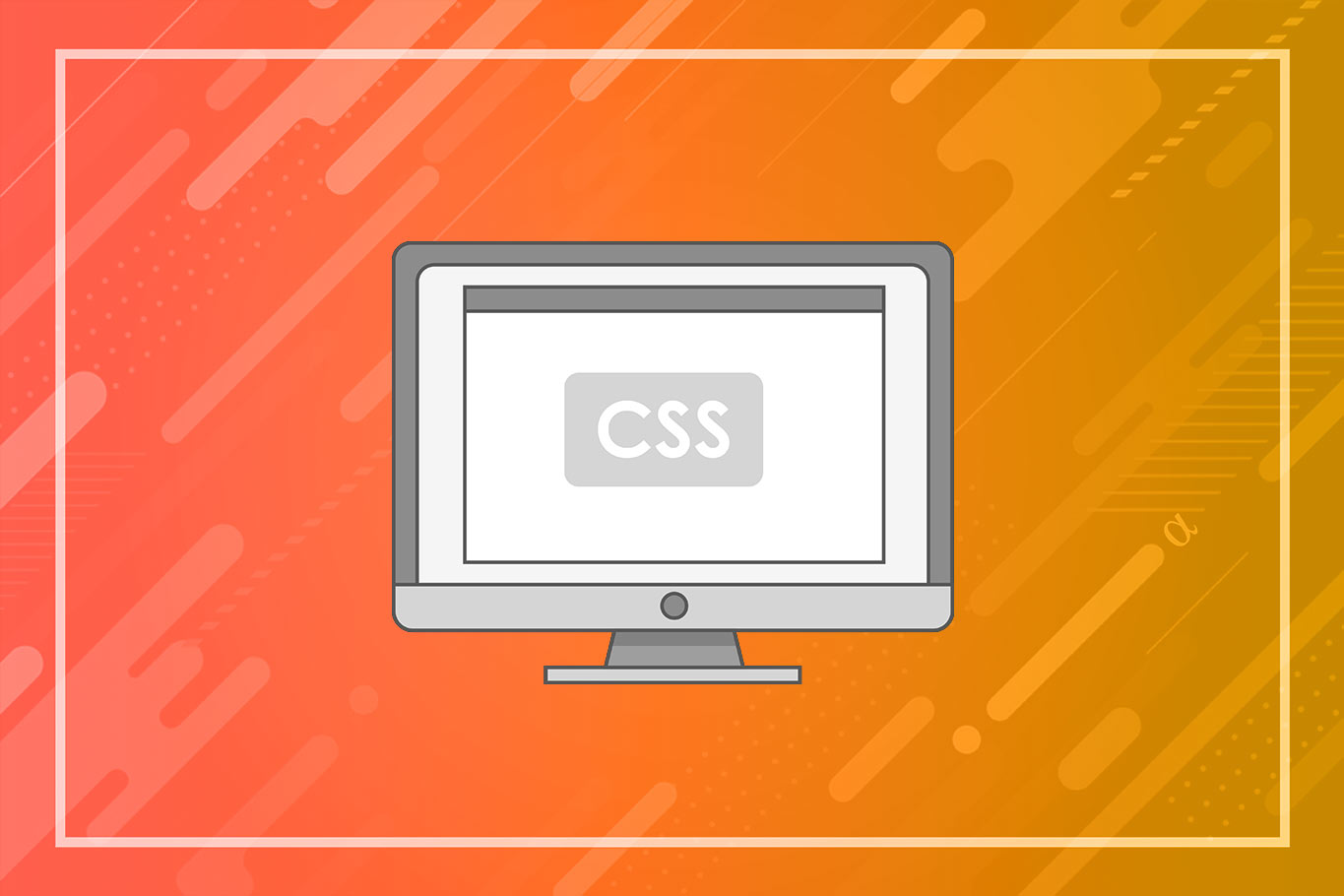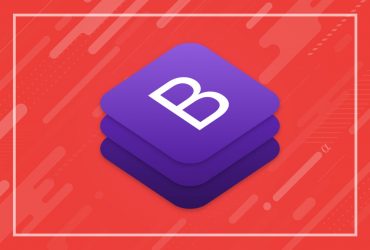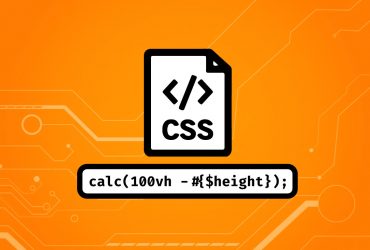The best CSS frameworks are CSS spreadsheets with pre-written code you can use to create websites in record time. These sheets have layouts and individual elements (such as the navigation bar, footer, menus, etc.) pre-styled and ready to be customized with the help of some HTML and CSS code.
While implementing the code can require trial and error (especially as you test and attempt to customize certain elements), it’s still significantly faster than coding your websites from scratch. Especially because the best CSS frameworks already guarantee responsive design without going deep into media queries.
The Best CSS Frameworks
The best CSS frameworks are also easier to learn for two main reasons. First, they have some excellent documentation that explains, step by step, how to implement their code into your projects successfully. The other reason lies in their outstanding community support and regular updates. Their respective communities thoroughly curate the best CSS frameworks and actively implement CSS best practices in their code.
The result is that not only will you quickly implement code in your website, but you’ll also use tried-and-true code that many top brands and businesses in the world use on their respective websites! Now that we’ve briefly touched on why you should work with CSS frameworks, let’s look at the top-rated and most used CSS frameworks on the internet!
Bootstrap
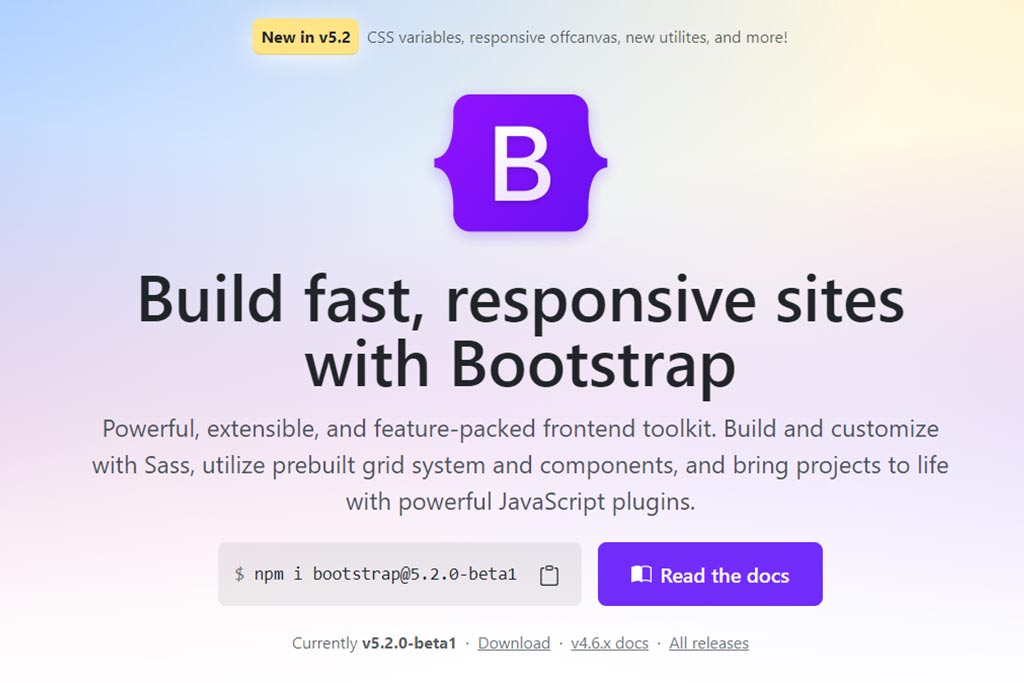
Bootstrap is, hands down, the most popular CSS framework today. Some sources indicate that over 22,500,000 websites use some form or version of Bootstrap, while Github positions it as the most popular CSS framework today, with over 158,000 Stars in rating.
Jacob Thornton and Mark Otto initially developed Bootstrap at Twitter and introduced grids to web design, which would partition the screen into invisible columns. These columns would arrange the content so that users from various devices could easily access and interact with the website. Since its initial conception, Bootstrap has leveraged Flexbox and other technologies to master its “mobile-first” mantra.
Here’s why you should consider using Bootstrap:
- Bootstrap is considered the best CSS framework because of its massive library. It offers entire layouts, panels, UI elements, buttons, and much more.
- It streamlines CSS positioning and cross-browser support.
- Bootstrap has a massive following. While this CSS framework was an initiative by Twitter, today, it’s maintained by a large community of developers that continue to churn updates and innovations to the already successful system.
- Bootstrap is the best CSS framework in terms of community support. Because it’s so widely used, it’s very easy to interact with other users that could answer your burning questions. Large communities like these have a habit of supporting each other, much like Stackoverflow helps Python beginners through their journey.
- Bootstrap 5 removed the jQuery dependency, so developers can now use JavaScript frameworks such as React and Vue.js.
Bootstrap, as with everything in life, does have some drawbacks. Because it’s so popular, people tend to notice that websites made with Bootstrap are everywhere and present little to no variance from a design perspective. A CSS framework is essentially a toolbox, and if all you’re doing is assigning pre-written classes to elements, then it’s only natural that websites look very similar.
With that being said, Bootstrap remains the best CSS framework today. The outstanding community support and wealth of documentation and courses allow you to learn and master its ins and outs faster than most CSS frameworks. Check out this Bootstrap 5 mobile website template tutorial to see this CSS framework in action.
TailwindCSS
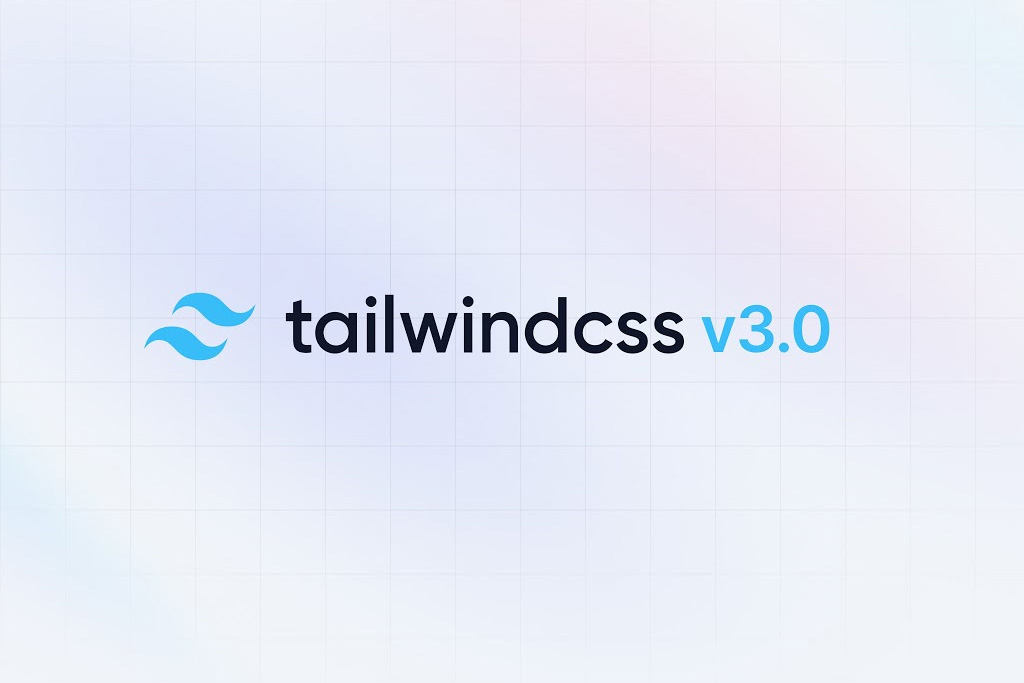
According to Github ratings, TailwindCSS trails behind Bootstrap with over 58,200 stars on the platform. Over at StateofCSS, Tailwind currently ranks #2 in usage and #1 in user satisfaction. Moreover, Tailwind continues to trend and improve yearly, which is certainly something to consider.
Unlike its main competitor (Bootstrap), Tailwind had no tech giant backing its development. Adam Wathan had the monumental task of creating a CSS framework that offered something different and better in its own right. Today, it’s fair to say that he has succeeded.
Many believe (myself included) that Bootstrap is more of a UI framework, with highly-functional components that work under strict rules and settings. Tailwind, on the other hand, is an incredible CSS library that allows you to build unique, custom designs with tremendous efficiency.
Here are some of the advantages TailwindCSS has to offer:
- Tailwind is meant to be used with a frontend JavaScript framework of your choosing, like the super popular React. There’s freedom of choice!
- TailwindCSS, compared to Bootstrap, is considerably easier to customize. This makes it an overall better CSS framework when tackling a project that requires a unique UI and design.
- Thanks to its intuitive classes and re-usable components, it significantly speeds up development time.
Tailwind has rapidly increased in popularity during the last three years, so you’ll find plenty of online articles, courses, and YouTube videos to help you get the most out of this fantastic CSS library.
Foundation
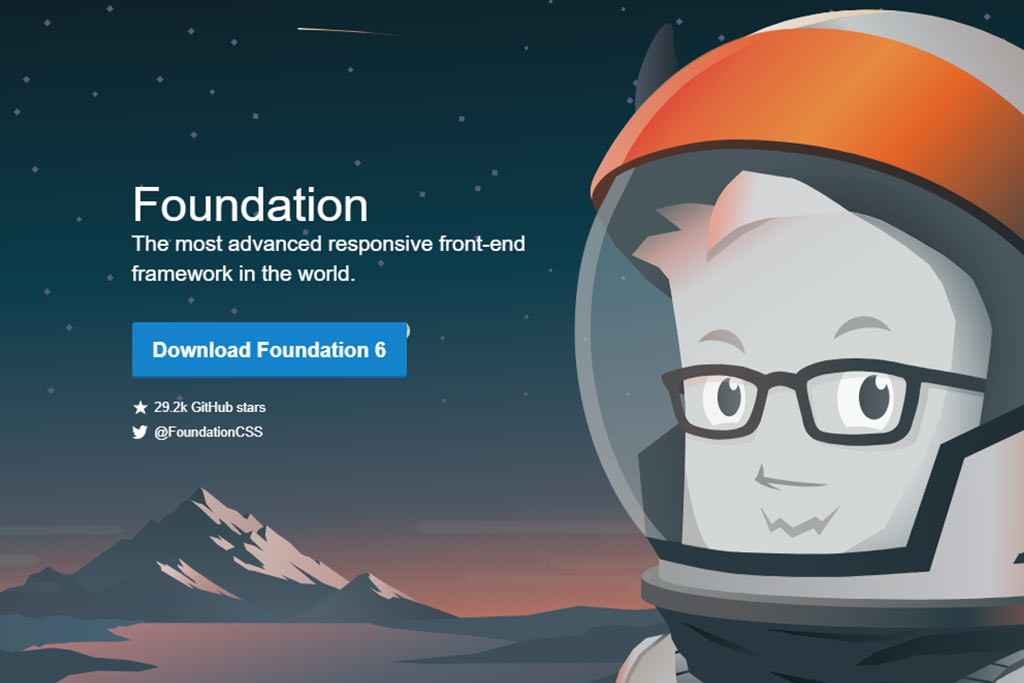
Foundation is undoubtedly one of the best CSS frameworks for this year. With 29,300 stars on Github and the #4 spot in StateofCSS “Usage” category, it’s clear that this open-source framework offers developers a unique experience.
Foundation is more advanced and sophisticated than many of its counterparts. It provides a foundation (pun intended) on which you can build a fully responsive, sophisticated UI that effortlessly distinguishes itself from other websites.
Many argue that its inherent freedom in design and choice also requires greater CSS knowledge to wield fluidly, which might deter those that want a simple, functional framework they can work with for their next project.
But, Foundation also offers incredible documentation, with a step-by-step approach that integrates high-quality videos you can follow at your own pace. Thanks to its superb documentation and community support, this CSS framework is surprisingly easy to learn, despite its rich and customizable nature.
Some other things you should consider before using Foundation:
- Foundation comes with much more than blank UI components you can customize. It also features libraries that help you build gorgeous, responsive websites. Each library features tools and code snippets that streamline the entire development process.
- This CSS framework comes with a separate framework for emails, which depending on your project and scope, might be an overall better option for your client or company!
- Foundation is one of the best CSS frameworks when it comes to sheer customization potential. But it also comes at a cost: you must have intermediate to advanced CSS knowledge to fully utilize all it has to offer.
Bulma CSS Framework
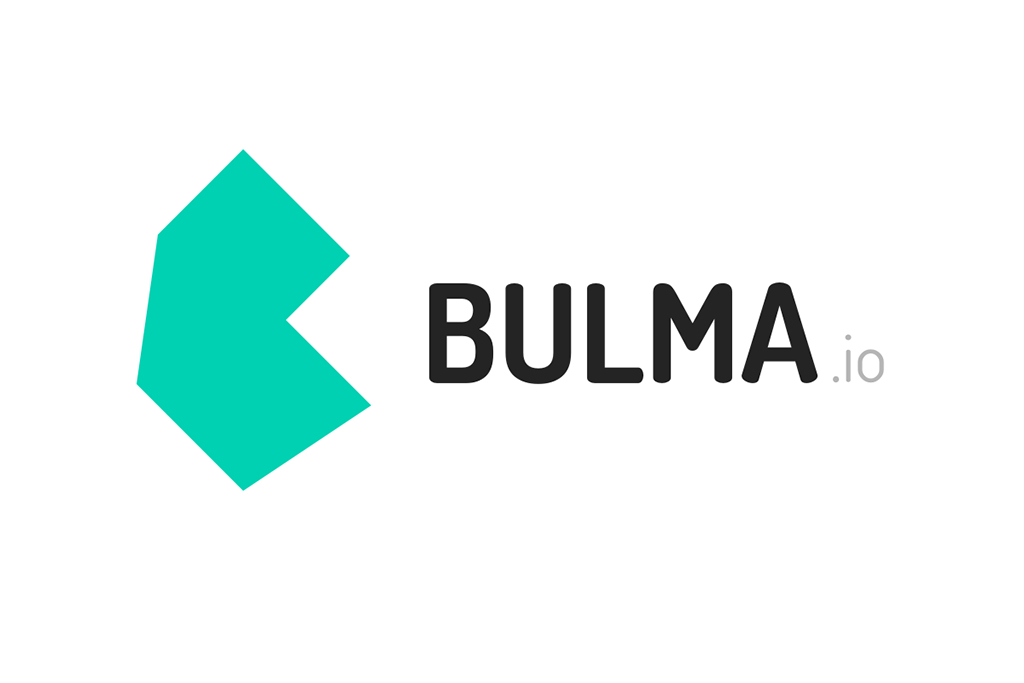
Bulma is a tried-and-true CSS framework that has steadily grown in popularity since it was first introduced six years ago. Today, it boasts 45,700 Github stars and fourth place in StateofCSS’ user satisfaction ranking.
If you’ve worked with WordPress before, then you’d no doubt heard of Themeisle’s gorgeous themes. This team of developers incorporates this gorgeous CSS framework into many of their products due to its responsive design and fantastic aesthetics.
Keep in mind that the WordPress theme environment is very competitive. It requires SEO-optimized, lightweight frontend code and a fully responsive design that even beginners can use. The CSS code that comes with the theme must be flawless and highly customizable, something that Bulma has proven it can deliver.
Here are some of the reasons that made us include Bulma in our best CSS framework list:
- Ease of use: Bulma is notoriously easy to learn, mainly due to its exclusive CSS approach (more on this later), rich component library, and fantastic documentation.
- Constantly updated: Bulma is an open-source project which guarantees transparency and encourages its community of expert developers to iterate and improve on the already successful CSS framework.
- Lightweight, modular approach: Bulma is exceptionally lightweight, and its .sass files can be individually imported and used for your development needs.
- Outstanding aesthetics: Bulma comes with stunning aesthetics with plenty of room for customization.
Many would argue that its CSS-only nature is another advantage, but we believe it depends on your project’s needs and individual expertise. On the one hand, Bulma’s CSS-exclusive nature allows you to integrate React and Vue (JavaScript frameworks) to create something unique. Still, if you’re unfamiliar with any of these, Bootstrap might be an easier option for you.
Bulma is also very lightweight, especially if you make the most of its modular nature. However, you must take time to understand which files you’ll need and how to import them correctly. Otherwise, you’ll run into issues throughout your project. This risk, however, is offset thanks to its lengthy documentation and detailed explanations, so it shouldn’t deter eager coders that wish to specialize in front-end development!
Materialize CSS Framework
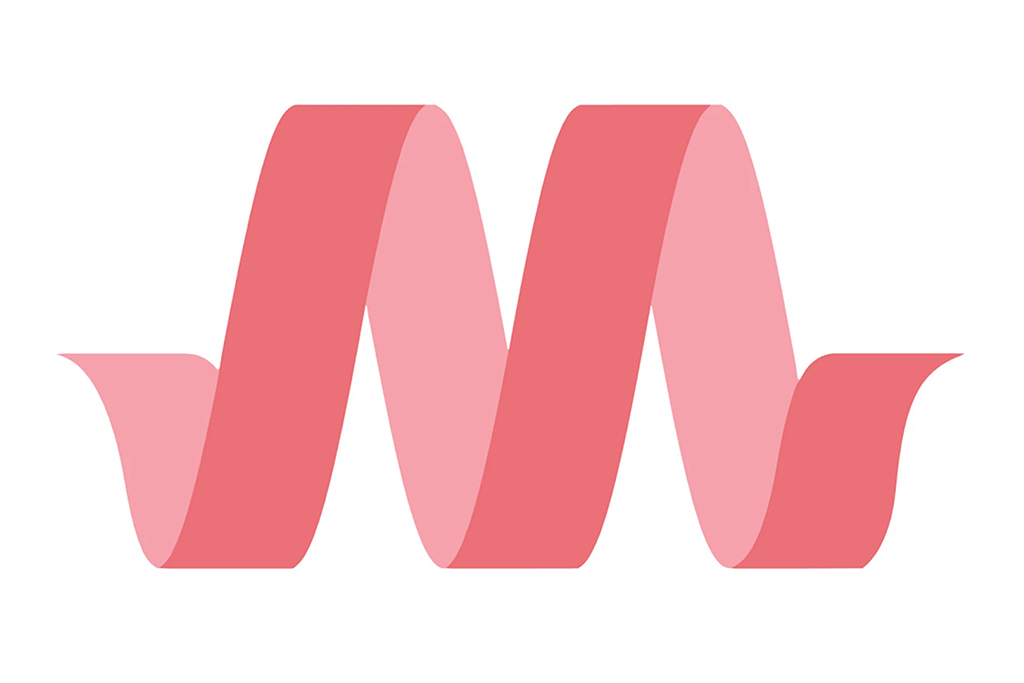
With an impressive 38,700 Github stars, and the #3 spot in StateOfCSS’s usage ranking, Materialize has established itself as one of the best CSS frameworks on the market. This framework takes after Google’s world-renowned Material Design, a design philosophy that strives to create intuitive, fully responsive experiences for the users.
Google takes user experience very seriously. Anyone who has dabbled in SEO will understand just how big of a factor it is regarding ranking. Many go as far as trusting Materialize because it embodies the company’s web design values and core user experience values.
Materialize, however, offers much more than Google’s pre-approved designs:
- This CSS framework offers an extensive theme gallery you can choose from and an extensive showcase of websites you can draw inspiration from.
- Materialize offers all the essential components you’ll need for a great-looking, responsive website that looks and feels unique.
- The built-in animations, elegant use of colors, padding, and shading make it one of the best CSS frameworks from a purely aesthetic point of view.
- Developers familiar with jQuery will find Materialize very easy to implement and use.
Materialize CSS is also one of the easier CSS frameworks to learn. According to many, the intuitive class denominations and code implementation require a beginner-intermediate level of CSS usage and knowledge. The level of accessibility and learning material that is readily available on the web certainly helps this CSS framework claim one of the top spots on our list.
Review
The best CSS framework is an essential tool for any frontend (or full-stack) developer. Each framework we’ve reviewed today offers something unique that adapts to your technology stack and project requirements while providing outstanding documentation you can learn from.
The best CSS frameworks also come with cross-browser support, fully responsive design, and individual code snippets that follow good web design practices. Whether you’re looking to create a decently looking UI (without investing too much time and effort into custom designs) or need a completely customizable and modern-looking website, the frameworks we’ve listed above are guaranteed to make the job easier.



















